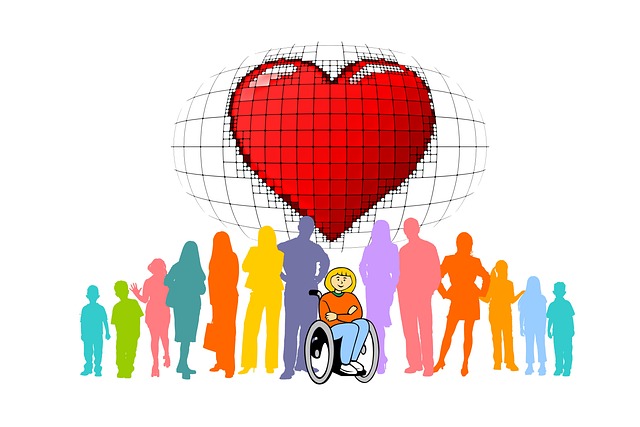In the realm of pre-employment compliance, two critical components employers must navigate are Form I-9 and E-Verify. These tools are designed to verify the eligibility of employees to work in the United States while ensuring compliance with federal immigration laws. Understanding the nuances of Form I-9 and E-Verify is essential for employers to maintain a legal and efficient workforce.
Form I-9: The Foundation of Employment Eligibility Verification
Form I-9, officially known as the Employment Eligibility Verification Form, is a mandatory document all employers in the United States must use to confirm their employees’ identity and employment eligibility. The form consists of three sections:
- Employee Information and Attestation: In this section, the employee provides personal information, attests to their immigration status, and indicates whether they are a U.S. citizen or an eligible noncitizen.
- Employer or Authorized Representative Review and Verification: Employers must review the documents provided by the employee to verify their identity and work eligibility. This verification process must be completed within three business days of the employee’s hire date.
- Reverification and Rehires: Employers may need to re-verify the employment eligibility of employees whose work authorization documents expire.
Failure to properly complete and retain Form I-9s can result in significant fines and penalties for employers. Therefore, it’s crucial for organizations to maintain accurate and up-to-date records and conduct self-audits to ensure compliance.
E-Verify: Electronic Verification of Employment Eligibility
E-Verify is an internet-based system that allows employers to verify the employment eligibility of newly hired employees by comparing the information provided on Form I-9 with records from the Social Security Administration (SSA) and the Department of Homeland Security (DHS). While E-Verify is not mandatory for all employers, some states and federal contracts require its use.
Benefits of E-Verify include the following:
- Increased Accuracy: E-Verify helps reduce the likelihood of hiring unauthorized workers and improves the accuracy of employment eligibility verification.
- Streamlined Verification: The electronic system provides quick results, usually within seconds, reducing paperwork and manual errors.
- Employer Protections: Employers that use E-Verify are generally protected from certain legal liabilities related to the employment of unauthorized workers.
However, E-Verify also presents potential challenges and limitations such as:
- Data Entry Errors: Employers must ensure data entered into E-Verify matches the information on Form I-9 to avoid false positives or negatives.
- Limited Use: E-Verify is only applicable for verifying newly hired employees, not existing ones.
- Privacy Concerns: Employers must handle employee data with care to protect their privacy rights.
Employers should weigh the benefits and limitations of E-Verify against their specific needs and compliance obligations before implementing the system.
The Bottom Line
Form I-9 and E-Verify are essential tools for ensuring the legality of your workforce and complying with immigration laws. By diligently following the guidelines for completing Form I-9, maintaining accurate records, and considering the use of E-Verify when appropriate, employers can build a compliant and legally protected workforce while upholding the rights of their employees. Consulting legal counsel or a compliance expert can further assist in navigating the complexities of these processes.

